- Air Homepage
- Air Pollution Modeling
- Ancient Climates
Ancient Climates: Unprecedented Weather Events Revealed
Search for more info about climate.
Al Gore showed us data for ancient climates from two-thirds of a million years ago. What if we looked back a few hundred million years? A period of time known as the Phanerozoic era. That's nearly a thousand times longer than the Vostok Ice Core records.
Maybe you love learning about history. As well as giving insight into how people interacted in the past, it helps us better understand the present. In addition, it helps you understand different cultures and politics.
People are interested in climate history because climate changes have impacted life on Earth for millions of years. Informing policy decisions can be done by studying the past climate and predicting the future.
Climate history can help us understand how climate change has impacted the Earth over time, so that we can make better decisions about how to address current and future climate change.
Let's start with some definitions. Earth is more than 4,000 million years old. Paleogeologists use Eons as their time scale and each cover at least 500 million years. Over 540 million years ago, the Phanerozoic eon started.
Next up is an Era, which lasts 50 to 300 million years. Currently, we're in the Cenozoic Era, which goes back 65 million years to the Cretaceous-tertiary extinction event (K-T extinction). During the Mesozoic Era, dinosaurs thrived, starting 251 million years ago. The Paleozoic Era started 542 million years ago. In those ancient climates, lots of plants and insects developed.
Eventually fish and reptiles showed up. During this time, all the land merged into one continent, Pangaea, and stayed together for 60 million years.
The next smaller time-scale you'll hear about is a period. Twelve of them cover the last 540 million years and they typically range from 20 to 60 million years. During the Neogene Period, modern animals like horses and birds appeared just over 23 million years ago.
Epochs are the smallest group of scales. About 11,400 years ago, the last big glaciers melted, allowing human civilizations to grow. The Pleistocene Epoch (aka Quaternary) includes all the Ice Cores in An Inconvenient Truth, plus more than another million years before that.
Actually, it's 1.8 million years in total. Ice Age glaciers formed during these ancient climates, and so did humans. During this time, mammoths and saber-tooth tigers (and other so-called Pleistocene mega-fauna) lived and died.
It is possible that these creatures sang something similar to this:
Find more great ones on this Youtube channel page & Sing along if you will.
Ancient climates have gone through numerous warm and cool phases over the last 540 million years, with average temperatures fluctuating from 12°C to 22°C. We're at 15 degrees right now. 145 to 65 million years ago, the Cretaceous Period had the warmest temperatures overall. Then the mercury dropped into the ice ages
Going back to ancient climates
The seven most recent epochs are: Holocene, Pleistocene, Pliocene, Miocene, Oligocene, Eocene, and Palaeocene. There are dozens more before then, but this is a start.
Now for some periods. Here's the reverse-order list: Cretaceous, Jurassic, Triassic, Permian, Carboniferous, Devonian, Silurian, Ordovician, and Cambrian.
Let's see how the Phanerozoic Eon and the Cenzoic Era fit together. Along with the epochs listed above.
The gray bars show the epochs and eras, while the blue graphs above and below show estimated temperatures for each ancient climate. Temperatures? Yes, they are compared to global-averaged annual values today. Historically, the world was 7°C warmer and up to 3° cooler than it is now.
The top two charts (blue and grey) cover 540,000,000 years, while the bottom two cover the last 65,000,000 years.
Present day is at the RIGHT end of all graphs above.
The Holocene is currently in progress. During this epoch, the glaciers melted and temperatures became warmer than they had been, but still pretty cool compared to the planet's history.
Temperature Timeline
Let's start with the current temperatures. Since 1850, when the Little Ice Age ended, temperatures have risen by 0.6 to 1.0°C. There was a half-degree Celsius difference between the Medieval Warm Period (AD 1000) and the Little Ice Age, which started around 1300.
It was just a little fluctuation. From 1000 to 11,000 years before present, this Holocene period seemed fairly uneventful climatically. In these ancient climates, paleoclimatology shows only minor random changes, except for a cold snap in 6200 BC (which lasted 50 to 100 years). It may be tied to the final draining of Lake Agassiz and even Noah's Flood.
Holocene started 12,900 - 11,500 years before present (ybp) at the end of Younger Dryas stadial (short ice age). It happened after the Vlad Glacier melted and fresh water diluted the salt water in the Atlantic, causing the ocean current to stop and Europe to freeze. Younger Dryas lasted over a thousand years, but not long enough to start a longer ice age.
We had the Pleistocene epoch before those ancient climates. This period was marked by many ice ages and ended with the Late Glacial Interstadial melting period between 14,700 and 12,900 ybp. During this 1800-year period of warmer climates, those giant pools of melt-water formed in North America, causing the flooding that caused the Younger Dryas. About 22,000 years ago, the Last Glacial Maximum was marked by the coldest weather of the Cenzoic Era.
What is an Ice Age?
Ice sheets and ice caps. We've had been in one for a few million years. Up until about 10,000 years ago, it was colder than it is now, and those ice sheets covered huge stretches of what are now temperate zones. There was solid ice cover hundreds of metres thick across Canada, Greenland, New York, Chicago and everywhere in between. During interglacial periods, ice caps and sheets get smaller, and we're in one right now.
There have been several ancient climates of severe glaciation. In the most recent one, it lasted from 110,000 to 12,000 years ago, and before that, it lasted from 200,000 to 130,000 years ago. Moving backwards in time, the third glacial period ran from 455,000 to 300,000 years ago, and the first started 680,000 years ago and lasted about 60,000 years. These time slots were interspersed with interglacial periods.
Pliocene epoch, 5.3 to 1.8 million years ago, showed signs of ice ages. Around 5 million years ago, Antarctica got its ice cap and the Arctic got its a couple million years later. Ancient climates were definitely colder. It's probably the coldest it's ever been.
During the Miocene epoch, which lasted from 23 to 5 million years ago, Greenland got its first glaciers. Before then, the place was covered in lush forest. Ancient Miocene climates were pretty warm, especially during the mid-Miocene Climatic Optimum 18 million years ago.
It was about 50 million years ago when the whole world started cooling down. The Oligocene epoch ancient climates reached its first minimum and led to the Pleistocene ice ages. It wasn't as warm as the Miocene, which followed, but still warmer than now.
From 56 to 34 million years ago was the Eocene epoch. The warmest we've seen in 56 million years. Paleocene and Cretaceous periods (146 to 65 million years ago) were almost as warm.
Most ancient climates of the Mesozoic Era, 251 to 65 million years ago, were warmer than today, and dinosaurs thrived. Dinosaurs thrived in the Mesozoic Era, 251 to 65 million years ago, because the climate was much warmer. It was long before the Intergovernmental Panel on Climate Change got involved.
Geologists call the first half of the Phanerozoic Era the Paleozoic Era. The Carboniferous and Permian periods saw dramatic swings in paleoclimate, ending with a cold ice age. Together, these periods lasted 360 to 251 million years ago. Before that time, the earth was warmer, with average temperatures higher than today. These were the Silurian and Devonian periods, 444 to 360 million years ago.
Where are we going with all this?
The Cambrian and Ordovician periods are the first two parts of the Phanerozoic eon. The Silurian Period began 542 million years ago, lasted nearly 100 million years, and ended with an ice age.
There's little information about ancient climates before the Phanerozoic era, but the snowball earth ice age is thought to have covered the whole planet in ice. It's been over 800 million years since then.
Search this site for more information now, or go back from Ancient Climates to the
Solution Global Warming web page, or visit the Stuff in the
Air homepage. People are interested in climate history because climate changes have impacted life on Earth for millions of years.
Is climate change a new phenomenon or a remnant of ancient climates?
During ancient times, ancient climates on earth experienced extreme weather conditions like you have never seen before. We have seen climate change before, haven't we?
Do you have concerns about air pollution in your area??
Perhaps modelling air pollution will provide the answers to your question.
That is what I do on a full-time basis. Find out if it is necessary for your project.
Have your Say...
on the StuffintheAir facebook page
Other topics listed in these guides:
The Stuff in the Air Site Map
And,
Thank you to my research and writing assistants, ChatGPT and WordTune, as well as Wombo and others for the images.
GPT-4, OpenAI's large-scale language generation model (and others provided by Google and Meta), helped generate this text. As soon as draft language is generated, the author reviews, edits, and revises it to their own liking and is responsible for the content.
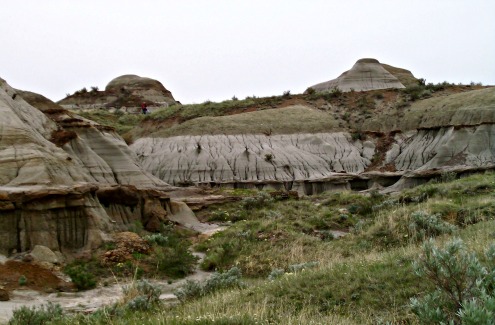

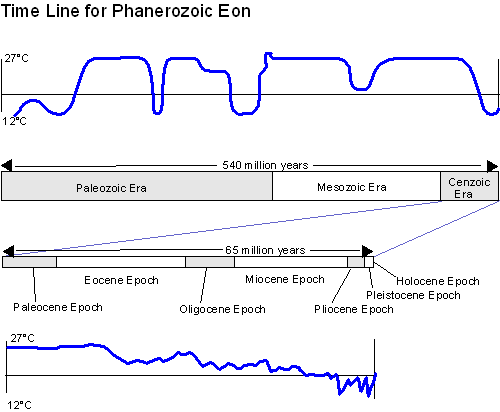
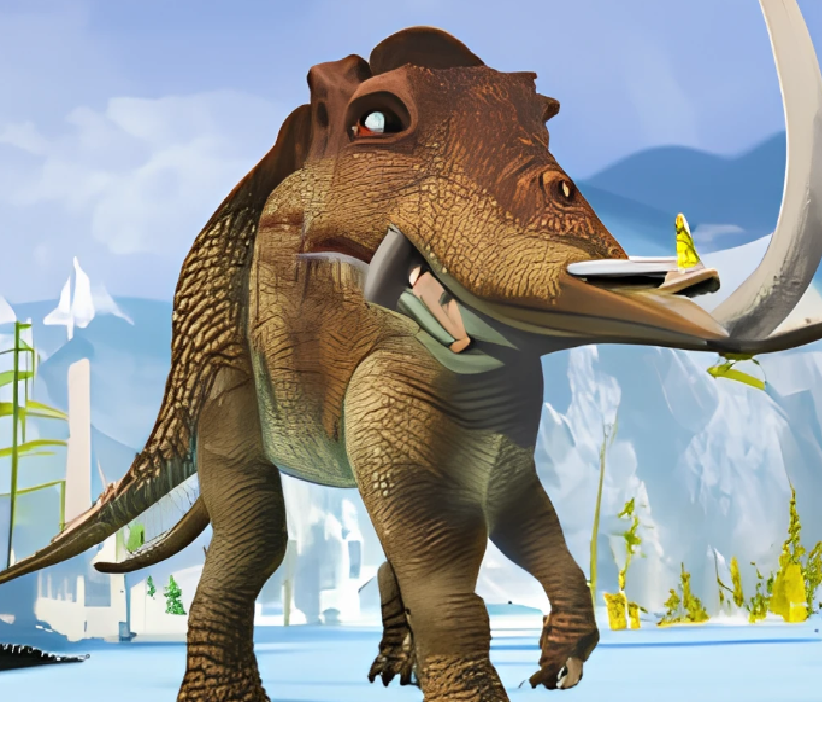
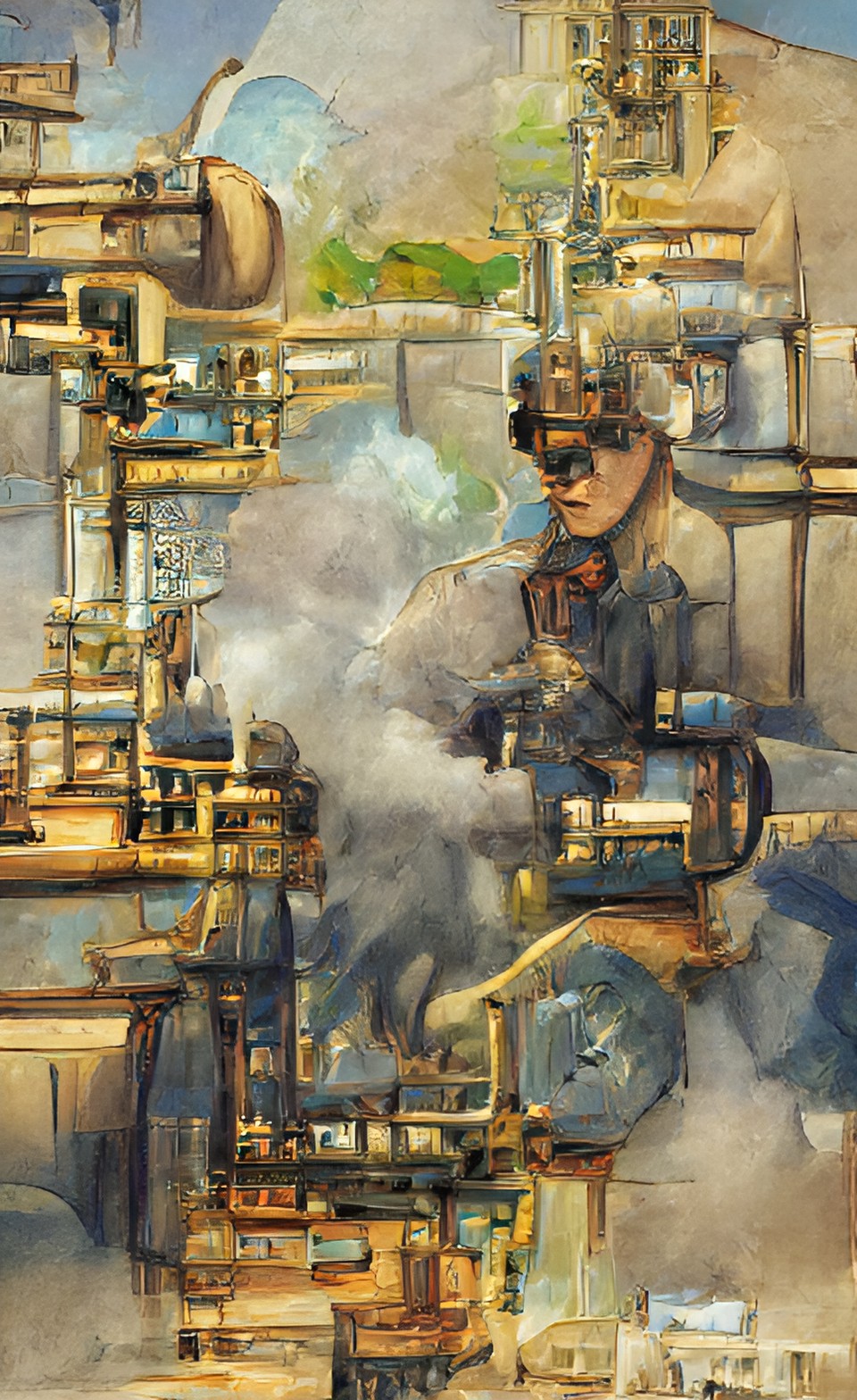

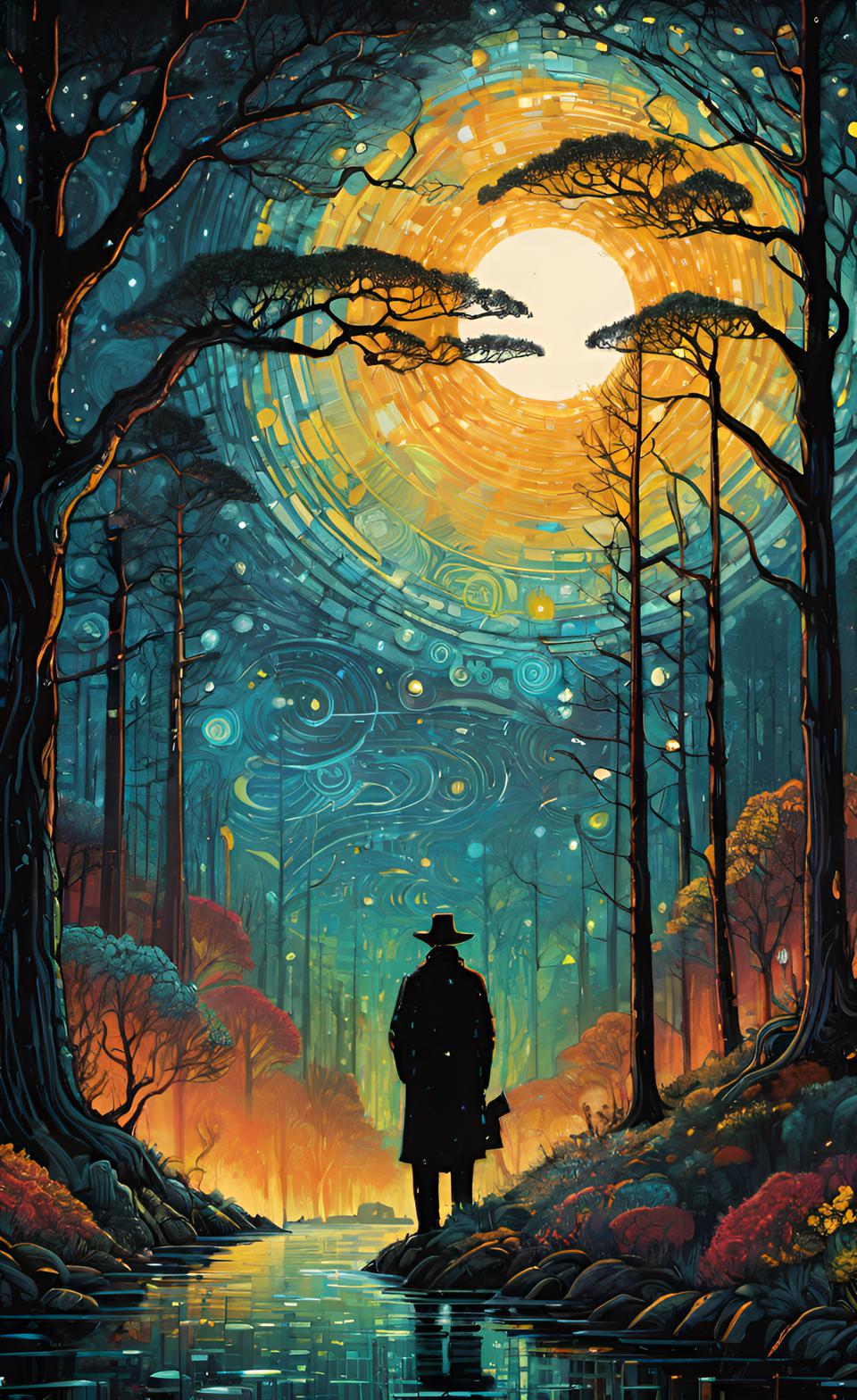
New! Comments
Do you like what you see here? Please let us know in the box below.